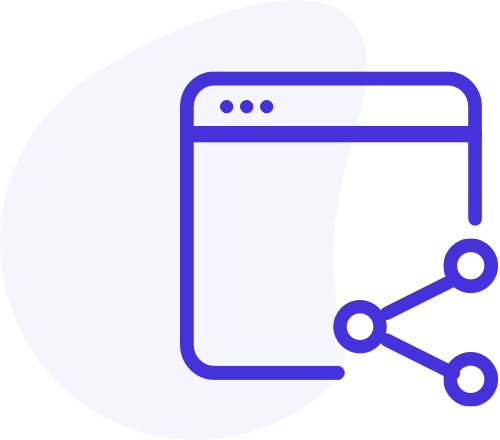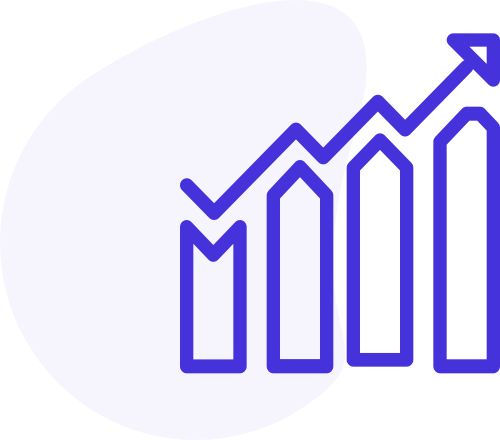In the competitive world of digital advertising, Facebook retargeting in 2025 has become a key driver of conversions and return on ad spend (ROAS). Retargeting allows marketers and e-commerce brands to reconnect with people who have already shown interest in their products or services.
It helps move potential customers from awareness to decision through smart, personalized campaigns. Understanding how to retarget on Facebook effectively can turn one-time visitors into loyal buyers and significantly boost your marketing results.
What Is Facebook Retargeting?
Facebook retargeting is a strategy that displays ads to users who have interacted with your business before. Whether they visited your website, watched a video, or added an item to their cart, retargeting reminds them to take the next step.
Unlike cold advertising, retargeting focuses on warm audiences, increasing the likelihood of conversion. It is one of the most efficient ways to recover lost traffic and increase engagement.
Why Retargeting Matters in 2025
In 2025, Facebook’s ad platform continues to evolve, giving marketers more control over targeting and personalization. With better analytics, improved privacy compliance, and AI-powered delivery, Facebook retargeting campaigns now offer deeper insights and stronger performance.
The competition for user attention is fierce, but retargeting keeps your brand visible to audiences already interested in your products. This makes it a crucial part of every digital marketing funnel.
The Role of Pixel Tracking
One of the most important elements of retargeting is Facebook Pixel tracking. This small piece of code placed on your website collects valuable data about user behavior.
How Facebook Pixel Works
When someone visits your website, the Facebook Pixel records their actions. It tracks page visits, cart additions, and purchases. These insights allow marketers to create custom audiences and retarget users with highly relevant ads.
For example, if a visitor browses a product but doesn’t buy it, the pixel allows you to show them that same product later on Facebook or Instagram.
Benefits of Pixel Tracking
Pixel tracking helps optimize campaigns by showing which ads lead to conversions. It also helps businesses measure the true ROI of their advertising efforts and refine their audience targeting over time.
Custom Audiences: Targeting the Right People
Custom audiences are at the heart of effective retargeting. They allow advertisers to segment users based on specific actions or levels of engagement.
Types of Custom Audiences
- Website Visitors: Users who visited your website within a specific time frame.
- Engaged Users: People who interacted with your Facebook or Instagram content.
- Customer Lists: Existing customers or leads uploaded manually.
- App Users: People who have installed or interacted with your mobile app.
These segments help marketers tailor their ad messages based on where users are in the customer journey.
Building Lookalike Audiences
Once you’ve created a strong custom audience, Facebook allows you to generate lookalike audiences. These audiences share similar characteristics with your existing customers, helping you reach new but relevant prospects with a higher likelihood of conversion.
Dynamic Retargeting for Personalized Ads
Dynamic retargeting takes personalization to the next level. It automatically shows ads featuring the exact products users viewed on your website or app.
How Dynamic Retargeting Works
When a visitor browses your online store, Facebook automatically records product details using the pixel. Later, dynamic ads display those same products in personalized formats such as carousel or collection ads.
This technique is especially effective for e-commerce brands since it mirrors the customer’s shopping experience and encourages them to complete their purchase.
Advantages of Dynamic Retargeting
- Shows relevant products based on user behavior
- Reduces ad fatigue through personalization
- Increases conversion rates and ROI
Dynamic ads keep your marketing relevant and efficient, even across large product catalogs.
Recovering Abandoned Carts
Abandoned carts are one of the biggest challenges in online shopping. Many potential buyers add items but leave before checkout. Retargeting helps bring them back.
Retargeting Abandoned Cart Shoppers
As part of a multi-channel sales approach, abandoned cart recovery campaigns help re-engage customers who didn’t complete their purchase. By leveraging Facebook ads, emails, and personalized offers such as free shipping or discounts, brands can effectively encourage conversions and reduce lost sales.
Timing and Frequency
Timing is crucial. Ads should appear within 24 to 48 hours after abandonment while interest is still high. Consistent yet non-intrusive follow-ups work best for converting undecided buyers.
Funnel Retargeting: Moving Users Toward Conversion
Successful retargeting doesn’t rely on one message. It requires multiple touchpoints designed for each stage of the customer journey.
Understanding Funnel Retargeting
Funnel retargeting involves segmenting users into different groups based on where they are in the buying process:
- Top of Funnel (Awareness): Users who visited your site but didn’t engage deeply.
- Middle of Funnel (Consideration): Users who browsed products or engaged with content.
- Bottom of Funnel (Decision): Users who added items to their cart or visited pricing pages.
Each group requires a different message, such as educational content for awareness or discounts for decision-making.
Crafting Tailored Messages
Awareness campaigns should focus on brand introduction and value. Consideration ads can highlight benefits or testimonials, while decision-stage ads may feature offers or urgency triggers.
Advanced Retargeting Tactics for 2025
As Facebook’s algorithms grow smarter, advanced retargeting tactics allow marketers to take a more strategic approach.
Cross-Platform Retargeting
Facebook’s integration with Instagram and Messenger enables businesses to maintain consistent visibility across multiple channels. This helps create a seamless user experience from discovery to purchase.
Frequency Optimization
Avoid overexposing your audience to the same ads. Facebook’s frequency control tools let you manage how often users see your ads, ensuring engagement without annoyance.
A/B Testing and Optimization
Testing different visuals, headlines, and CTAs can significantly improve performance. Continually optimize based on performance data to maintain strong ROAS.
The Future of Facebook Retargeting
Retargeting will continue to evolve with technology and privacy updates. With AI and machine learning, future campaigns will offer even more precision and personalization.
Automation and AI-Powered Campaigns
AI tools will help marketers predict user intent and automatically adjust bids and creatives in real time. This will save time while improving campaign performance.
Privacy-First Retargeting
As privacy laws evolve, Facebook continues to introduce secure data solutions. Marketers must adapt by using aggregated data and focusing on value-driven content.
Conclusion
Retargeting on Facebook is one of the most effective ways to nurture leads and recover lost sales. From pixel tracking and dynamic retargeting to custom audiences and abandoned cart recovery, these strategies help brands reach the right people at the right time.
By implementing advanced funnel retargeting and continuously optimizing campaigns, marketers can achieve higher conversions and better ROI. In 2025 and beyond, success will come from personalization, data-driven decisions, and authentic audience engagement. Connect with BitWide today to unlock opportunities and accelerate your business potential.
Frequently Asked Questions
What is Facebook retargeting?
Facebook retargeting shows ads to users who have previously interacted with your website, social media, or app to encourage them to take action.
How does Facebook Pixel help with retargeting?
Facebook Pixel tracks user actions, allowing marketers to build custom audiences and display relevant ads based on behavior.
What are dynamic retargeting ads?
Dynamic retargeting ads automatically show users products they viewed or added to their cart, making the ad experience more personalized.
How can I recover abandoned carts through Facebook ads?
You can create retargeting campaigns targeting users who abandoned carts and include incentives like discounts or free shipping.
Why is retargeting important for e-commerce?
Retargeting helps bring back potential buyers, reduces wasted ad spend, and improves overall return on ad spend (ROAS).













